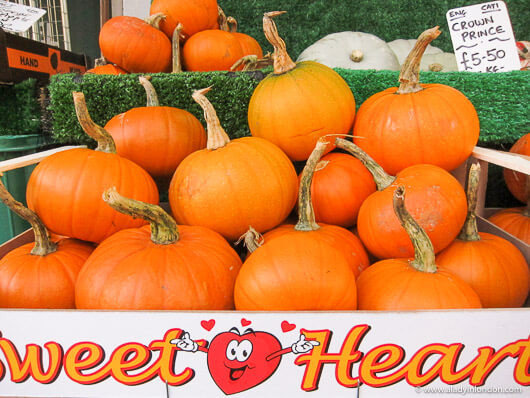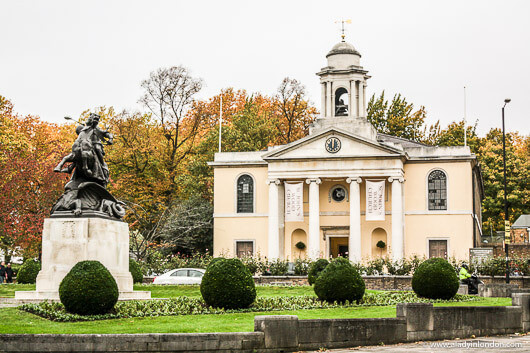St John’s Wood, England, recently brought me back for a delightful lunch, reminding me of its unique charm. Often recognized by expats as the location of the American School in London, this residential area, while geographically close to my beloved Hampstead, feels like a distinct and equally appealing pocket of London. Each visit reinforces my appreciation for its subtle yet captivating character.
Much like Hampstead, St John’s Wood boasts high streets brimming with inviting bakeries, curated wine shops, and cozy cafes, creating a familiar village-like atmosphere within London.
Both neighborhoods share a sprinkling of unique shops and boutiques alongside a wealth of stunning historic architecture and picturesque side streets, contributing to their undeniable visual appeal. Furthermore, both are popular enclaves for American expats drawn to the charming and scenic parts of London. However, St John’s Wood possesses several iconic landmarks that firmly set it apart.
 Wine bottles and wooden shelves in a St John's Wood shop
Wine bottles and wooden shelves in a St John's Wood shop
Abbey Road Studios: A Pilgrimage for Music Lovers
Perhaps the most globally recognized landmark in St John’s Wood is Abbey Road Studios. This legendary recording studio is where The Beatles created the vast majority of their groundbreaking albums, solidifying its place in music history.
Every time I walk past the studio’s exterior wall, perpetually covered in layers of fan graffiti, I encounter international Beatles devotees gathered in anticipation. Large groups patiently wait their turn to recreate the iconic Abbey Road album cover on the zebra crossing just outside, a scene that blends seamlessly with local residents navigating their daily routines. This crossing has become a symbol recognized worldwide and a must-visit location in St John’s Wood, England.
Lord’s Cricket Ground: The Home of Cricket
Another significant landmark within St John’s Wood is Lord’s Cricket Ground. While my personal experience at Lord’s was for a formal charity event rather than a cricket match, the allure of experiencing a quintessential English cricket game at its very home remains strong.
Beyond the sport itself, the Stirling Prize-winning media center designed by Future Systems is a compelling attraction. Its strikingly futuristic architecture stands in stark contrast to the traditional surroundings, resembling a UFO that draws the eye and sparks curiosity. Lord’s Cricket Ground offers a unique blend of sporting history and architectural innovation within St John’s Wood.
 Display of pumpkins and gourds at a market stall in St John's Wood
Display of pumpkins and gourds at a market stall in St John's Wood
Parks and Green Escapes in St John’s Wood
Beyond these famous sites, St John’s Wood offers quieter, more reflective spaces worth exploring, notably its historic parks and gardens.
The St John’s Wood Church Gardens are a vibrant hub, especially on sunny days, filled with families enjoying the outdoors. Within these gardens lies an old cemetery, the final resting place of notable figures such as painter John Sell Cotman, offering a glimpse into the area’s rich history.
Adjacent to these gardens is the beautiful St John’s Wood Church, conveniently located near Regent’s Park and the scenic Regent’s Canal towpath. A short distance away stands the impressive London Central Mosque, a prominent landmark marking the northwestern boundary of Regent’s Park and adding to the diverse character of St John’s Wood, England.
 Exterior view of St John's Wood Church with green surroundings
Exterior view of St John's Wood Church with green surroundings
High Street Revisited: Community and Connection
Returning to the high street, my lunch at Gail’s in St John’s Wood with fellow travel blogger Oneika highlighted the neighborhood’s convivial atmosphere. While Gail’s also has a location in Hampstead, meeting another expat in St John’s Wood, a place known for both its international school and traditional English institutions, felt particularly fitting.
St John’s Wood, England, presents a compelling blend of familiar comforts and unique attractions. My next visit will undoubtedly involve exploring even more of its culinary scene and hidden gems.

